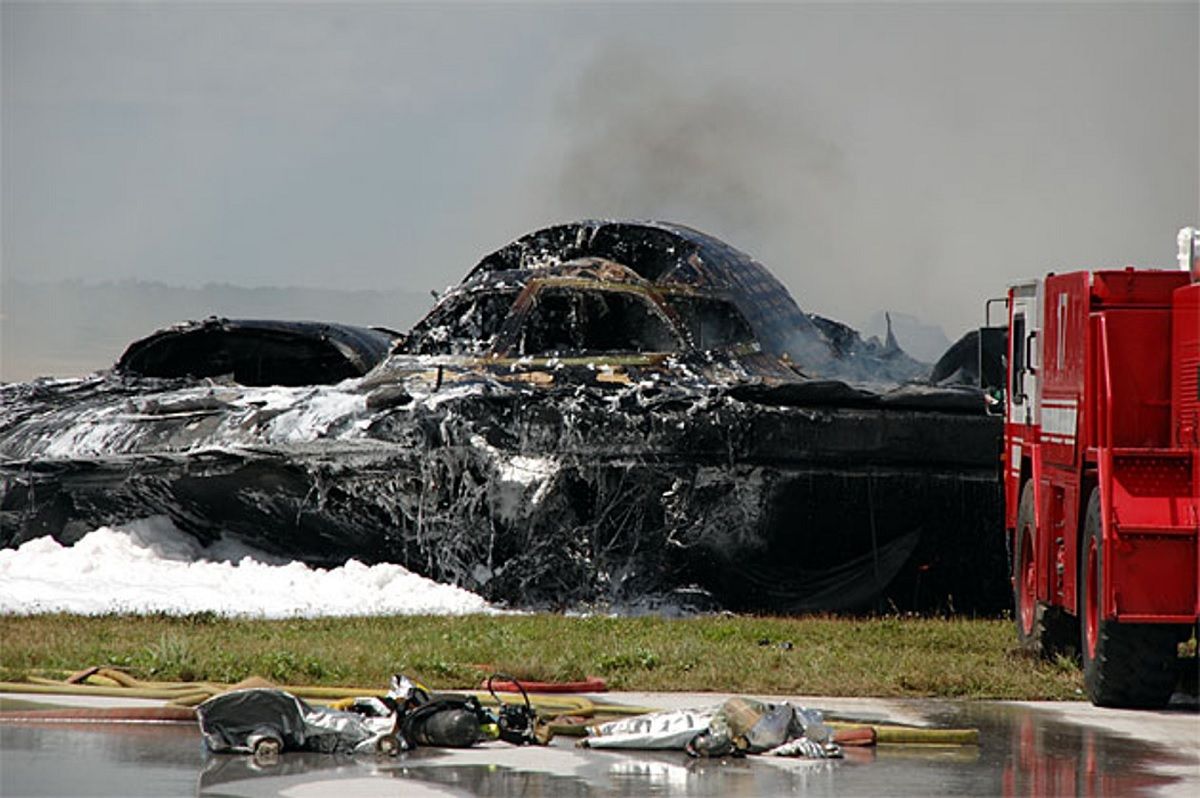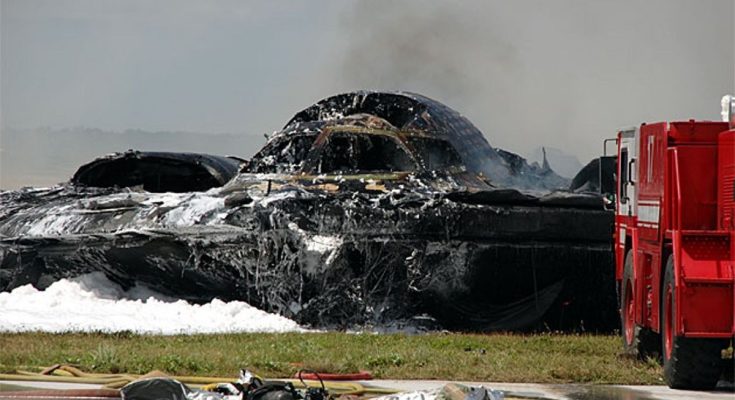Silent Strike in the Skies: America’s B-2 Bombers Over Iran
In hushed conversations within military and intelligence networks, one story dominates: a covert U.S. operation that pierced the skies above Iran. At the center of speculation is the B-2 Spirit — America’s most elusive warplane —
reportedly tasked with a mission so bold it has analysts questioning whether the world is edging closer to confrontation. Was this an intimidating flex of power, or a carefully calculated strike aimed at crippling Iran’s most secretive defenses?

A Journey Across the Globe
Launching from Whiteman Air Force Base in Missouri, the B-2 bombers embarked on a 13,000-kilometer odyssey, sustained by mid-air refueling to extend their reach. Their suspected objective: deeply buried installations that conventional munitions cannot touch.
Onboard were the GBU-57 “Massive Ordnance Penetrators” — mammoth 13.6-ton bombs built to tunnel through up to 60 meters of fortified rock and concrete before detonating their 2.4-ton warheads. These bunker-busters exist for one purpose: to neutralize facilities like Fordow, Iran’s heavily shielded nuclear site.
The Edge of Invisibility
The B-2’s razor-sharp advantage lies in its invisibility. Its stealth profile allows it to evade radar coverage, slipping through even the most sophisticated defense networks. But there are trade-offs: each aircraft carries only two MOPs at a time. What it lacks in payload, however, it compensates for in reach — delivering a precision strike anywhere on the globe within hours.
This capability sets the U.S. apart. No other nation has demonstrated the ability to launch a strike of such range, accuracy, and penetrative power in a single mission.
A Clash of Strategy and Technology
For Iran, the operation is more than a threat — it’s a sobering reminder that underground fortresses may not provide the safety once believed. For the U.S., it represents the marriage of engineering and military doctrine: silent approach, surgical precision, overwhelming effect.

The message is unmistakable — modern warfare no longer hinges on sheer numbers but on advanced technology that erases the boundaries of geography and defense.
Conclusion
The B-2 Spirit’s appearance over Iran is not merely about bombs and bunkers — it’s a statement. It signals a shift in the balance between concealment and detection, defense and penetration.
Whether this was a rehearsal, a warning, or the beginning of something more, it has intensified the shadow struggle over nuclear ambitions. The unanswered question now lingers: are we witnessing the sharpening of deterrence, or the prelude to a wider clash?



